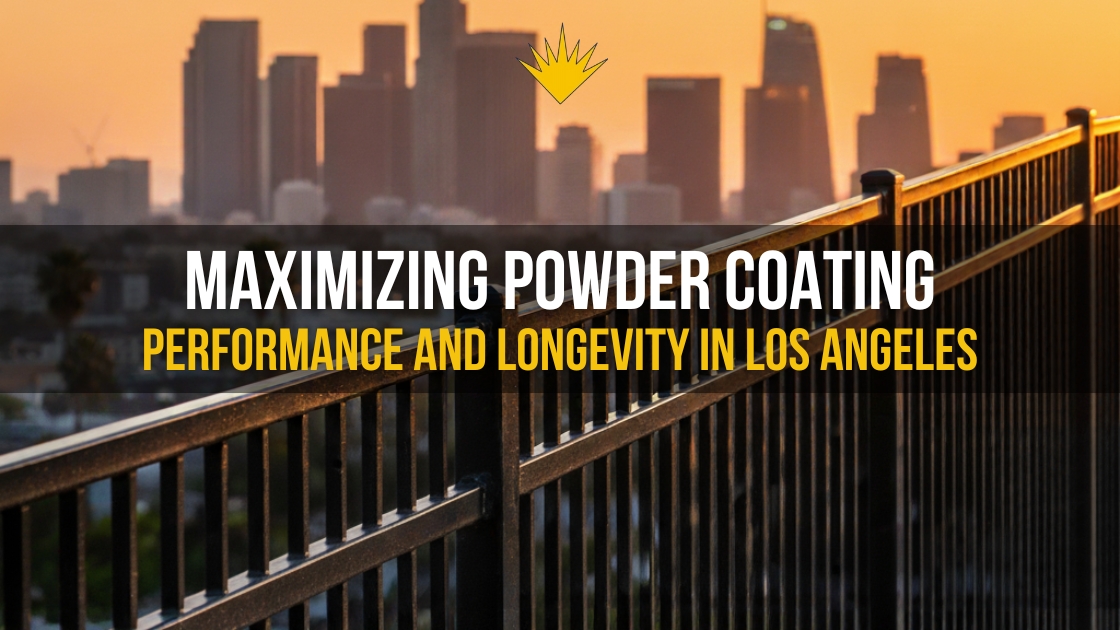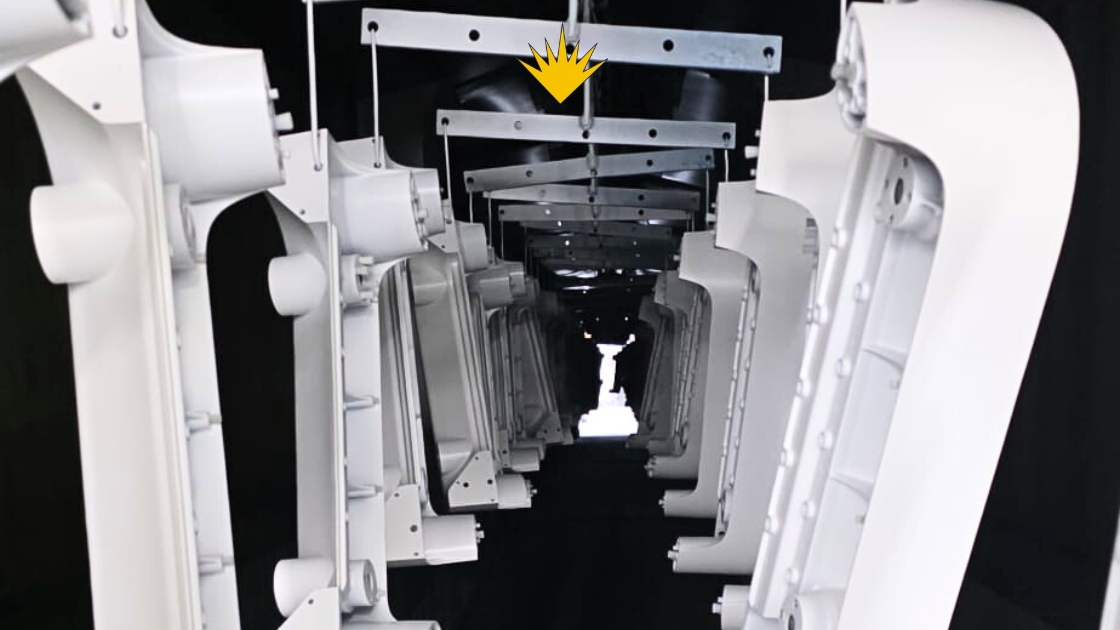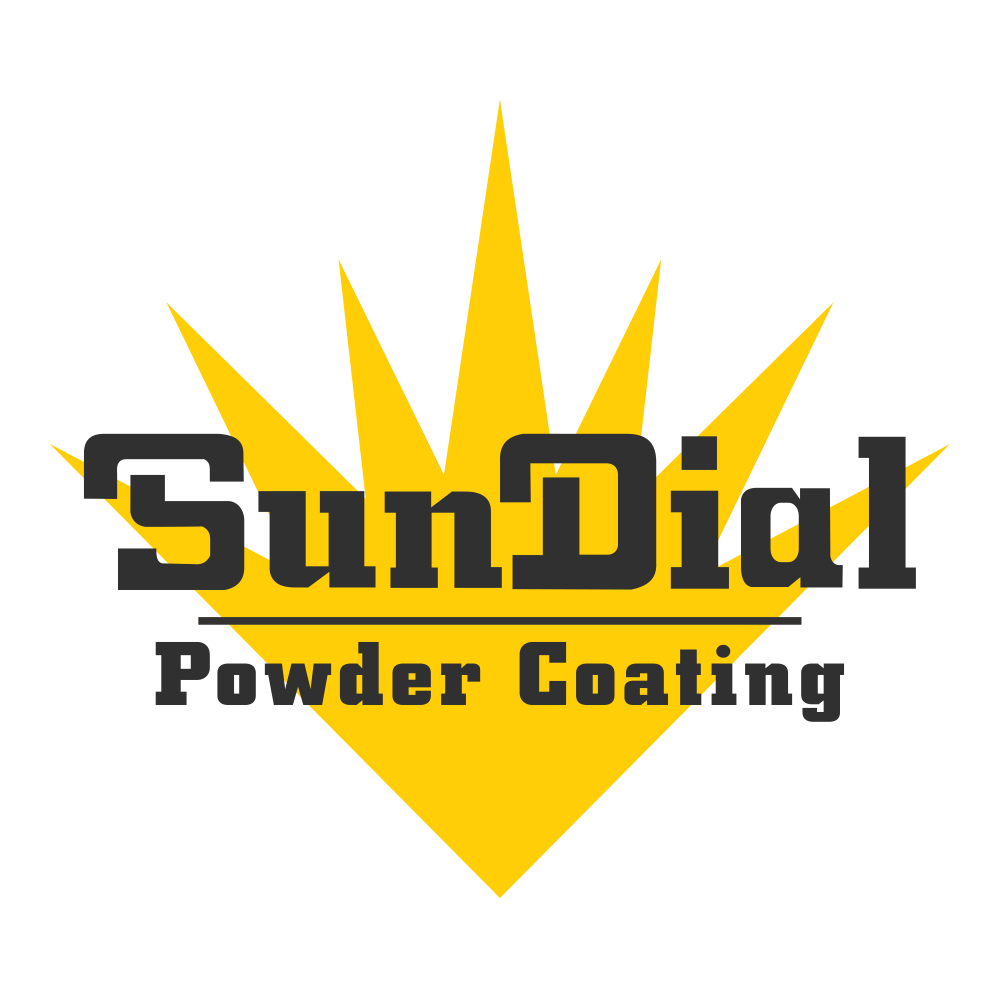When it comes to powder coating in Los Angeles, understanding that “powder can only do so much” is the first step toward achieving exceptional results. While powder coating offers superior durability compared to traditional liquid paints, its true potential is unlocked through proper pairing, meticulous maintenance, and expert application techniques. For businesses and homeowners in the Greater Los Angeles area, this comprehensive guide reveals how to maximize your powder coating investment.
Understanding Powder Coating Limitations and Potential
Powder coating has revolutionized the finishing industry, but it’s not a miracle solution. The coating itself represents just one piece of a complex system that includes surface preparation, material selection, application technique, and ongoing maintenance. In Los Angeles’s unique climate—with its combination of coastal humidity, urban pollution, and intense UV exposure understanding these interconnected factors becomes even more critical.
Why Pretreatment is Critical in Los Angeles
Los Angeles’s industrial environment presents unique challenges for powder coating applications. The combination of marine air near the coast, smog, and temperature fluctuations means that proper pretreatment isn’t just recommended it’s essential for long-term performance.
The pretreatment process begins with thorough degreasing and cleaning to remove oils, dirt, and contamination that are particularly prevalent in LA’s industrial areas. This is followed by chemical etching or sandblasting to create the proper surface profile for optimal adhesion. For steel substrates, phosphating provides the corrosion resistance that’s crucial in coastal LA environments, while aluminum requires chromating a process that’s especially important given Southern California’s significant aerospace and automotive industries.
Los Angeles presents unique environmental challenges that demand specialized pretreatment approaches. Marine salt exposure near coastal areas like Santa Monica and Long Beach requires enhanced pretreatment protocols, while the region’s smog and air pollution necessitate more thorough degreasing procedures. Additionally, the temperature variations between inland valleys and coastal areas can significantly affect curing processes, making environmental control during pretreatment even more critical for consistent results.

Material Selection
Steel structures throughout Los Angeles face unique environmental challenges, from the marine conditions at the ports to the industrial zones of Vernon and Commerce. Proper material preparation involves comprehensive grade assessment and contamination removal, followed by rust treatment and prevention measures. Creating the optimal surface profile for powder adhesion requires understanding how different steel grades respond to various preparation methods, particularly when dealing with the accelerated corrosion potential in coastal environments.
Aluminum applications present their own set of considerations, especially given LA’s significant aerospace industry presence with companies like SpaceX, Boeing, and Northrop Grumman. Each aluminum alloy requires specific pretreatment protocols to ensure proper adhesion and performance. Thermal expansion considerations become particularly important for large aerospace components, while corrosion prevention in mixed-metal assemblies requires specialized primer systems to prevent galvanic corrosion.
The diversity of Los Angeles’s manufacturing base also introduces unique substrate requirements that extend beyond traditional steel and aluminum. Cast iron components, popular in LA’s thriving automotive restoration culture, require specialized preparation techniques to handle the porous nature of the material. Stainless steel applications, common in the region’s extensive food service industry, demand careful surface preparation to maintain corrosion resistance without compromising the substrate’s inherent properties. Mixed-metal assemblies, frequently encountered in complex manufacturing applications, require specialized primer systems to ensure compatibility across different substrate materials.
Powder Selection
Los Angeles’s intense sunshine, averaging 284 sunny days per year, demands careful selection of UV-resistant powder formulations. PVDF (Polyvinylidene Fluoride) coatings offer maximum UV resistance for critical applications, while Polyester TGIC formulations provide an excellent balance of performance and cost-effectiveness for most commercial applications. Acrylic formulations serve specialized needs where specific color retention characteristics are required, particularly in architectural applications where aesthetic consistency over time is paramount.
The region’s proximity to the Pacific Ocean creates unique corrosion challenges that require enhanced protective formulations. Zinc-rich primers provide sacrificial protection for steel substrates, while epoxy primers offer maximum barrier protection against moisture infiltration. For pipeline and infrastructure applications, fusion-bonded epoxy systems deliver the robust protection needed for long-term service in marine-influenced environments.
Temperature resistance becomes a critical factor given LA’s significant temperature variations, from the coastal cool of Santa Monica to the intense heat of the San Fernando Valley. High-temperature formulations are essential for automotive applications, particularly given the region’s car culture and extensive automotive manufacturing. Thermal cycling resistance is crucial for outdoor equipment that experiences daily temperature swings, while low-temperature cure options accommodate heat-sensitive substrates that might be damaged by traditional curing processes.
The Power of Proper Pairing
Successful powder coating in Los Angeles often requires sophisticated multi-coat systems that address the region’s unique environmental challenges. The base layer selection process involves choosing between epoxy primers for maximum adhesion and corrosion resistance, zinc-rich primers that provide galvanic protection, or specialized barrier coats that isolate the substrate from environmental contaminants. Each choice depends on the specific substrate material, intended application, and expected service environment.
Topcoat optimization focuses on three critical performance areas that are particularly relevant in the LA environment. Color stability becomes paramount given the region’s intense UV exposure, requiring careful selection of pigments and resin systems that maintain their appearance over extended periods. Chemical resistance is essential for industrial applications, especially in areas with significant air pollution or chemical processing facilities. Mechanical durability must be considered for high-traffic areas, from architectural handrails to industrial equipment that experiences regular handling or impact.
System compatibility represents perhaps the most critical aspect of proper pairing, as mismatched components can lead to premature failure regardless of individual product quality. Thermal expansion matching ensures that different coating layers respond similarly to temperature changes, preventing stress-induced cracking or delamination. Chemical compatibility between primer and topcoat layers prevents adverse reactions that could compromise adhesion or performance. Curing schedule optimization balances the need for complete cross-linking with practical production requirements, while ensuring that each layer achieves its intended properties without compromising subsequent applications.
Maintenance: Extending Life in the LA Environment
A proactive maintenance approach is essential for maximizing powder coating longevity in Los Angeles’s challenging environment. Regular inspection schedules should be tailored to the specific installation and environmental exposure, with monthly visual inspections recommended for coastal installations where salt spray acceleration can cause rapid deterioration. Quarterly detailed assessments work well for most industrial applications, allowing for early detection of potential issues before they become costly problems. Annual professional evaluations provide comprehensive assessment capabilities for critical infrastructure where failure could have significant consequences.
Proper cleaning protocols form the foundation of effective maintenance programs. Gentle washing with pH-neutral cleaners removes accumulated contaminants without damaging the coating surface, while immediate removal of specific contaminants like bird droppings, tree sap, and industrial fallout prevents etching or staining that could compromise both appearance and protection. The cleaning technique itself is crucial, as improper methods can cause abrasion damage that creates pathways for moisture and contaminant penetration.
Los Angeles presents unique environmental challenges that require specialized maintenance considerations throughout the year. During wildfire season, ash removal and damage assessment protocols become critical, as alkaline ash can etch coating surfaces and create long-term durability issues. The marine environment near coastal areas demands regular salt spray mitigation measures, including more frequent washing cycles and the application of protective waxes or sealers. Urban pollution requires systematic cleaning schedules to prevent the buildup of acidic contaminants that can gradually degrade coating surfaces over time.

Longevity Factors
Understanding the factors that influence coating longevity requires a comprehensive view of how usage patterns, environmental exposure, and maintenance quality interact over time. Usage intensity varies dramatically across applications, with high-traffic areas like architectural handrails and industrial equipment requiring more robust maintenance approaches than decorative elements. Mechanical wear patterns develop based on specific application requirements, from the constant handling of automotive components to the vibration exposure of industrial machinery. Chemical exposure from cleaning products and industrial processes can accelerate degradation if not properly managed through appropriate product selection and application protocols.
Environmental exposure factors take on particular significance in Southern California’s diverse climate zones. UV degradation rates vary substantially between coastal areas with marine layer protection and inland valleys with intense, unfiltered sunlight exposure. Temperature cycling effects are pronounced due to the region’s daily temperature swings, particularly in desert-adjacent areas where daytime heat and nighttime cooling create significant thermal stress. Pollution and contamination impact varies by location, with coastal areas facing salt spray challenges while industrial zones deal with chemical airborne contaminants and urban areas experience acidic pollution effects.
The quality of maintenance programs directly impacts coating longevity, often making the difference between premature failure and extended service life. Professional maintenance programs typically achieve superior outcomes compared to DIY approaches due to their systematic approach, proper equipment use, and experience with appropriate techniques. Product selection for cleaning and protection requires understanding the interaction between cleaning agents and coating chemistry, as improper products can cause more harm than benefit. The timing and frequency of maintenance interventions must be carefully calibrated to environmental conditions and usage patterns, with proactive approaches consistently outperforming reactive maintenance strategies.
Industry Applications in Los Angeles
Architectural Applications: LA’s building boom requires durable finishes:
- Curtain wall systems for downtown high-rises
- Handrails and structural elements for earthquake resistance
- HVAC equipment for rooftop installations
Automotive and Aerospace: Southern California’s transportation industry demands:
- Custom automotive refinishing
- Aerospace component coating
- Heavy equipment refinishing
Manufacturing and Industrial: LA’s diverse industrial base includes:
- Food processing equipment
- Oil and gas infrastructure
- Entertainment industry equipment
Conclusion: Maximizing Your Powder Coating Investment
Success with powder coating in Los Angeles requires understanding that the powder itself is just one component of a comprehensive system. By focusing on proper pretreatment, material selection, powder choice, and ongoing maintenance, you can achieve exceptional performance and longevity even in LA’s challenging environment.
Whether you’re coating architectural elements for a downtown high-rise, automotive components for a custom restoration, or industrial equipment for a manufacturing facility, the principles remain the same attention to detail in every phase of the process yields superior long-term results.
For Los Angeles businesses and property owners, investing in proper powder coating systems with appropriate pretreatment, material matching, and maintenance programs delivers both immediate performance benefits and long-term cost savings. The key is working with experienced professionals who understand both the technology and the local environment.
About Powder Coating Services in Los Angeles
Looking for professional powder coating services in the Greater Los Angeles area? Contact SunDial Powder Coating, certified professionals who understand the unique requirements of California’s environment and can help you achieve maximum performance and longevity from your powder coating investment.
